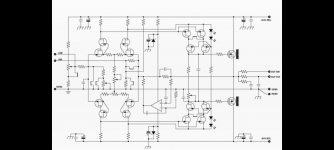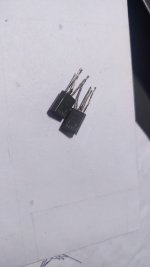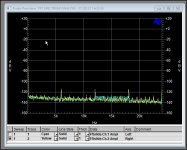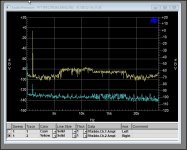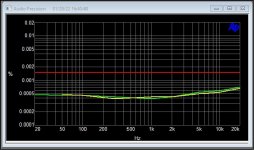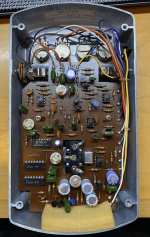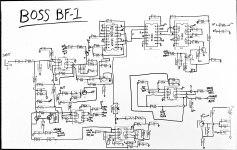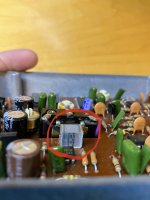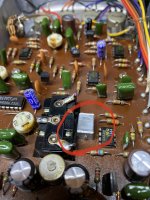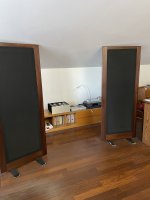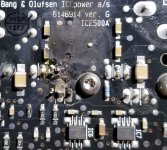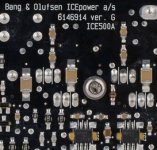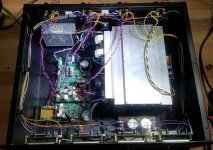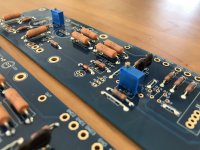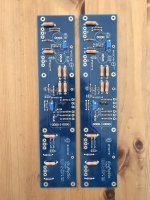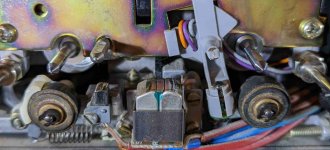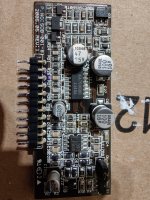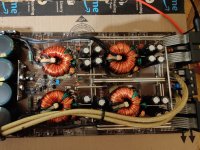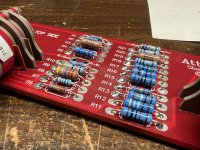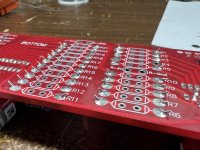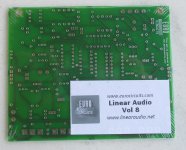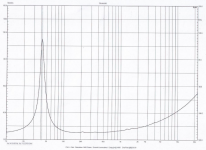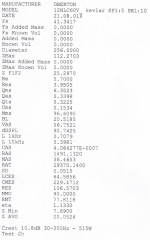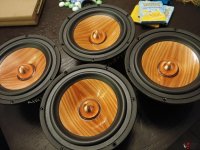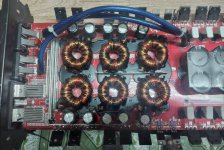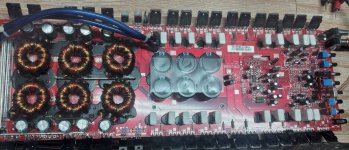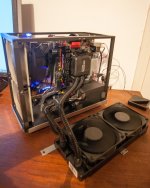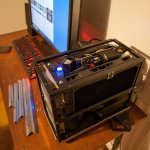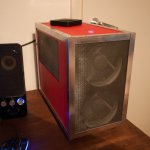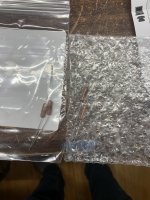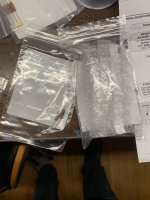I got tired of etching down materials with chemicals for diaphrams so I decided to DIY a sputtering machine.
After a couple afternoons of googling I've determined that a dual cathode unbalanced planar magnetron system may be what I need since they are used on larger substrates. I've thought about a quad magnetron but one step at a time.
I'll be custom fabricating the cathodes via a milling service and constructing a robust vacuum chamber but before I do that I'm going build a crude prototype first, using external magnets and applying the target materials to holes on the outside of a custom diy acrylic vacuum chamber.
The vacuum will seal the target material to the chamber during use.
I'm going to use some used ion pumps from ebay to provide the vacuum.

The dimensions are a bit skewed in that picture but you get the idea.
I think the need to get watercooling on the cathodes may be required so I might need to mill some out before attempting this.
One big question I have hanging over my head is what the dimensions of the target material should be.
I haven't been able to find much literature on this, only that the target should be larger than the substrate area.
Since my substrate is rectangular in shape, naturally I am considering making the target material a rectangular block, but rectangular cathodes are only used in conveyer belt type sputtering systems and there are vague mutterings that circular cathodes may provide a more uniform deposition on to the substrate, but he information I've found is unclear.
There's also the fact that most substrates used in sputtering are circular in nature and none of the literature may apply to rectangular substrates.
I'm currently planning on making the target material twice as wide and long as the substrate as it intuitively seems like it would be the most efficient and linear way to deposit the material.
I'm wondering if anyone here is knowledgeable enough about this subject to tell me if this is a good/bad idea and why.
My other big question is, why does the magnetic structire always have a N/S/N configuration on the cathode? Why not a longer N/S configuration? Or why not a N/S/N/S/N/S configuration?
The material sputtters off at the field between the N and S poles, so it makes sense to have either one large field or many small ones so avoid the typical 'racetrack' utilization pattern on the material.
Is it more important to keep the fields close to the target material or can the field bend outward a bit?
Not a whole lot of literature I can find on this stuff.
I would love to hear any advice on construction and or any other details.
I'm going to need all the help I can get to do this right without making costly mistakes.
Much appreciated if anyone can help.

